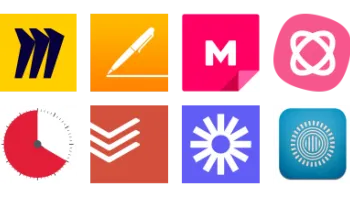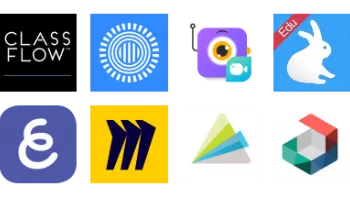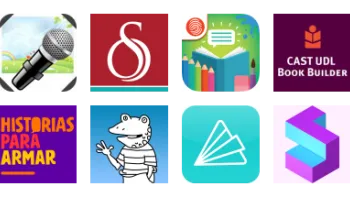Take a look inside 6 images
Haiku Deck
Pros: Tremendous amount of design choices, images, tutorials, and sharing options.
Cons: It's the little things that are missing, like image captions and the ability to "undo."
Bottom Line: Haiku Deck doesn't teach the essentials of good presentations, but it's great for users who already know the basics.
Haiku Deck is great for BYOD (bring your own device) classrooms because it's a web app and it works in any web browser (even on a phone). There's also an iOS app, though some features aren't available in this version. With Live Presentation mode, teachers can broadcast to student screens to engage students in their classroom or anywhere in the world. Haiku Deck is also a great tool for a flipped classroom. Using the audio feature, teachers can record instructions or a lecture to play with the slides, and then share the presentation with a link or download it and share/post the file. Likewise, students can record their own voices with their presentations and share with their teacher or classmates.
Haiku Deck Classroom provides private classroom galleries for sharing, or students can share with a link via email or within a learning management system (LMS). When students are removed from a class, they retain their work but their account becomes a Basic account.
Haiku Deck is a presentation creation website and app (for iOS) that uses images, text, audio, and video to make impactful presentations with "decks" of slides. Teachers and students can choose from pre-loaded themes, millions of Creative Commons stock photographs, personal images, charts, graphs, and colors, and then add text to present information slide by slide. Presentations can be shared on the public web or via link, email, or social media. Presentations can also be exported as MP4 videos (with or without audio narration) or downloaded in PowerPoint, Keynote, or Google Slides. Haiku Deck Classroom provides additional privacy and sharing options, including classroom galleries and integration with Google Classroom.
Haiku Deck is only as good as the ideas, organization, and images brought to it. It doesn't help students learn the essentials behind building good presentations -- such as researching, organizing, and keeping the audience in mind -- but students can learn to make wise decisions regarding the use of images and text. Even though the design encourages limited use of words, text simply gets smaller to fit more words, so word-heavy presentations can be made. Haiku Deck searches millions of Creative Commons images, and despite the built-in filter, something inappropriate may appear. Because all presentations made for free are public, and even Pro presentations are public by default, there are a lot of public presentations that students can browse and therefore remix. While this can be a great way to share ideas, it's also an easy way to plagiarize.
While younger students would certainly be able to use the features of Haiku Deck, it's recommended for grades 8-12 because of potential inappropriate images in the image search feature and limited student privacy options at certain subscription levels. Regardless, if used wisely, Haiku Deck can be an excellent way for teachers and students to create eye-catching, focused presentations.















